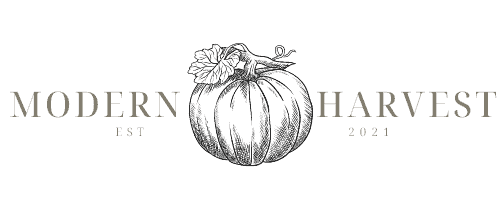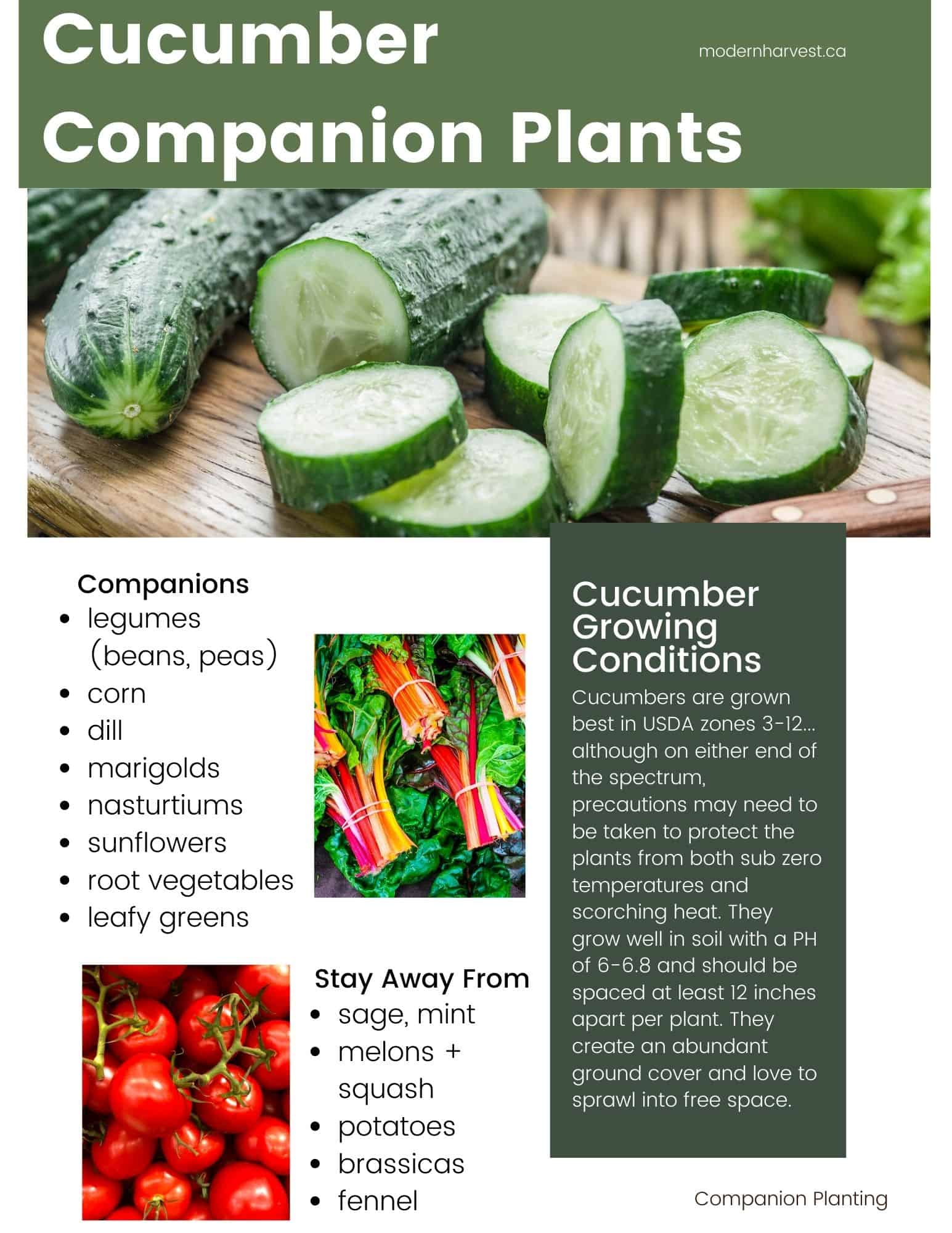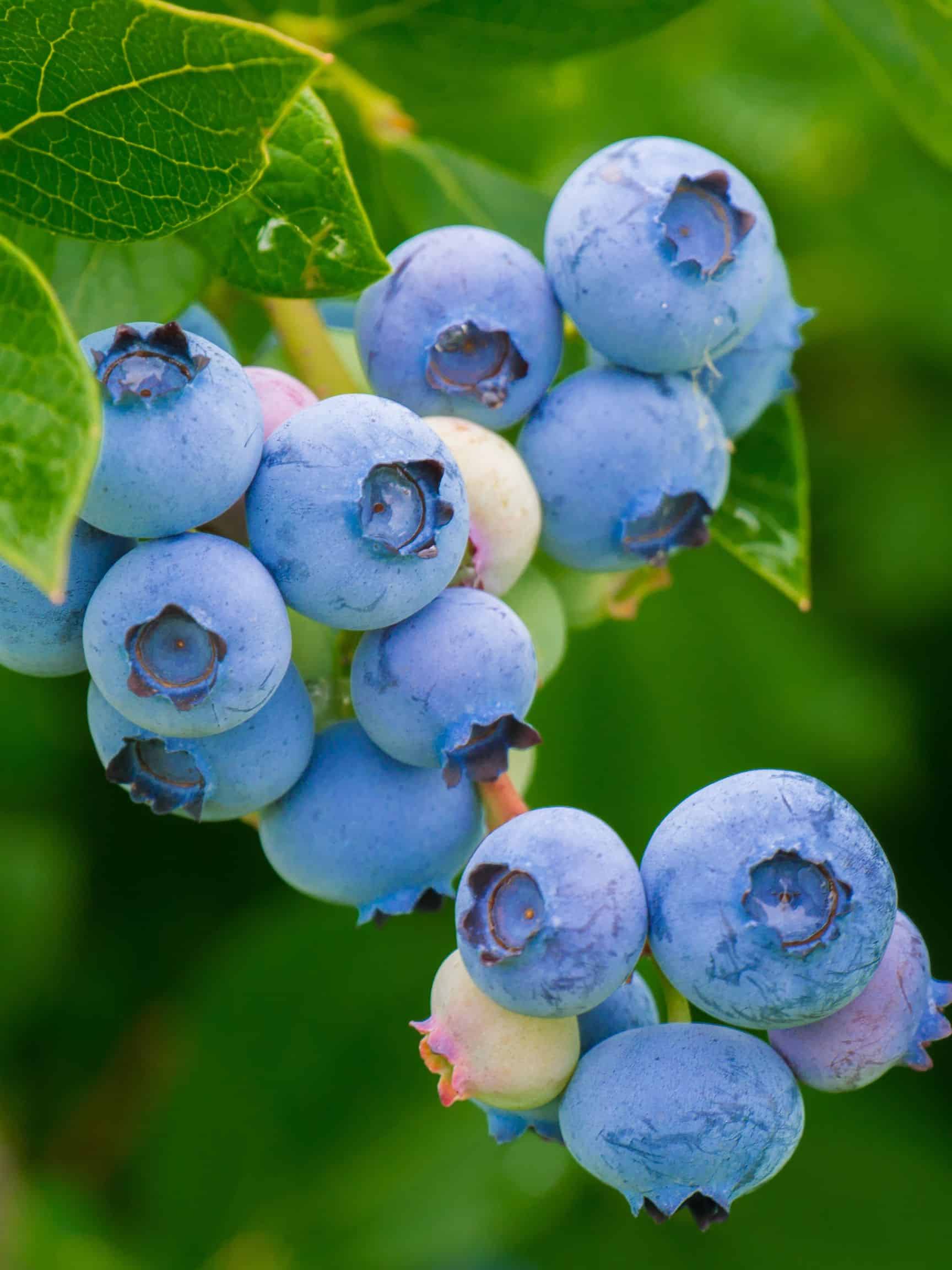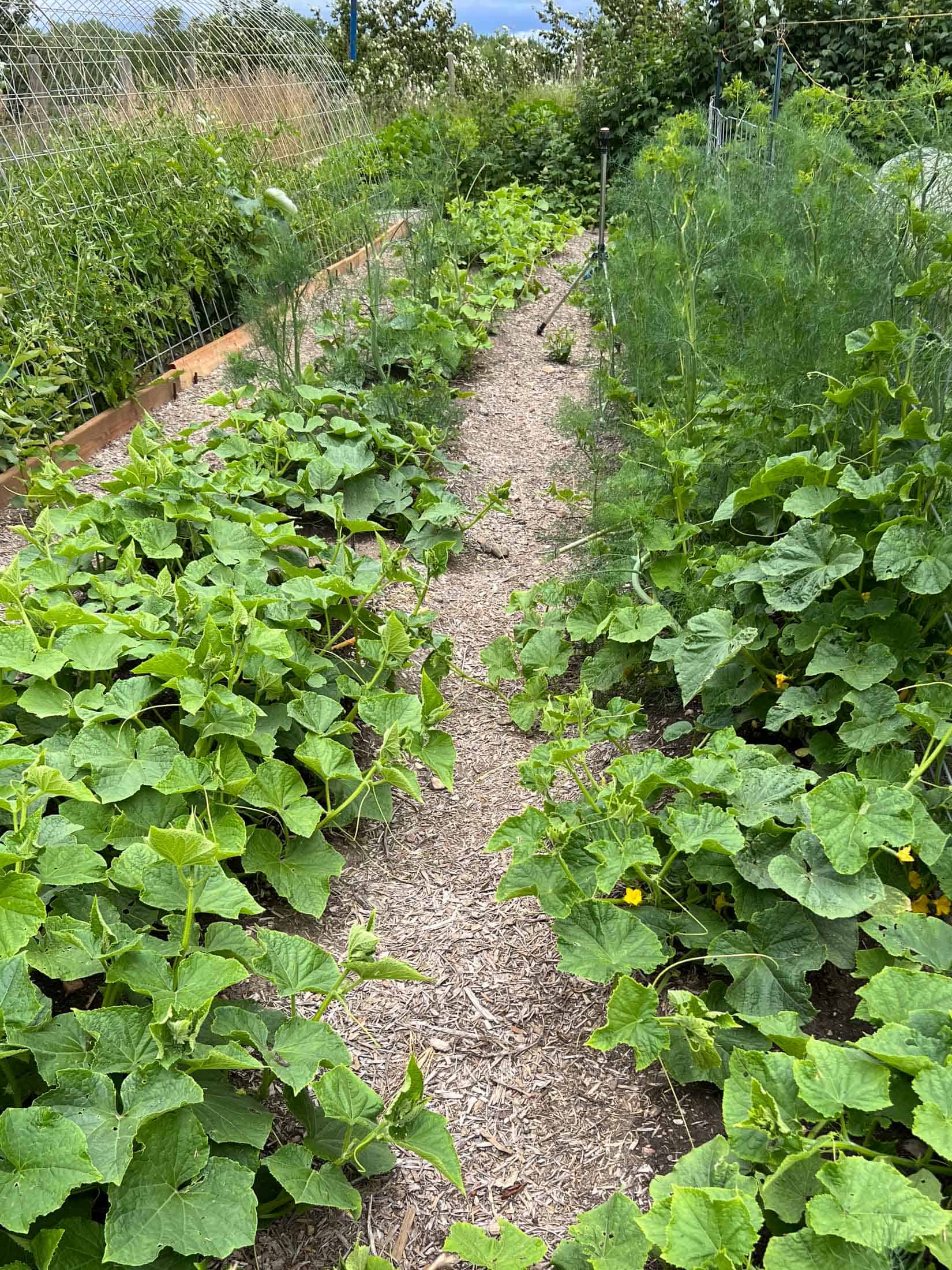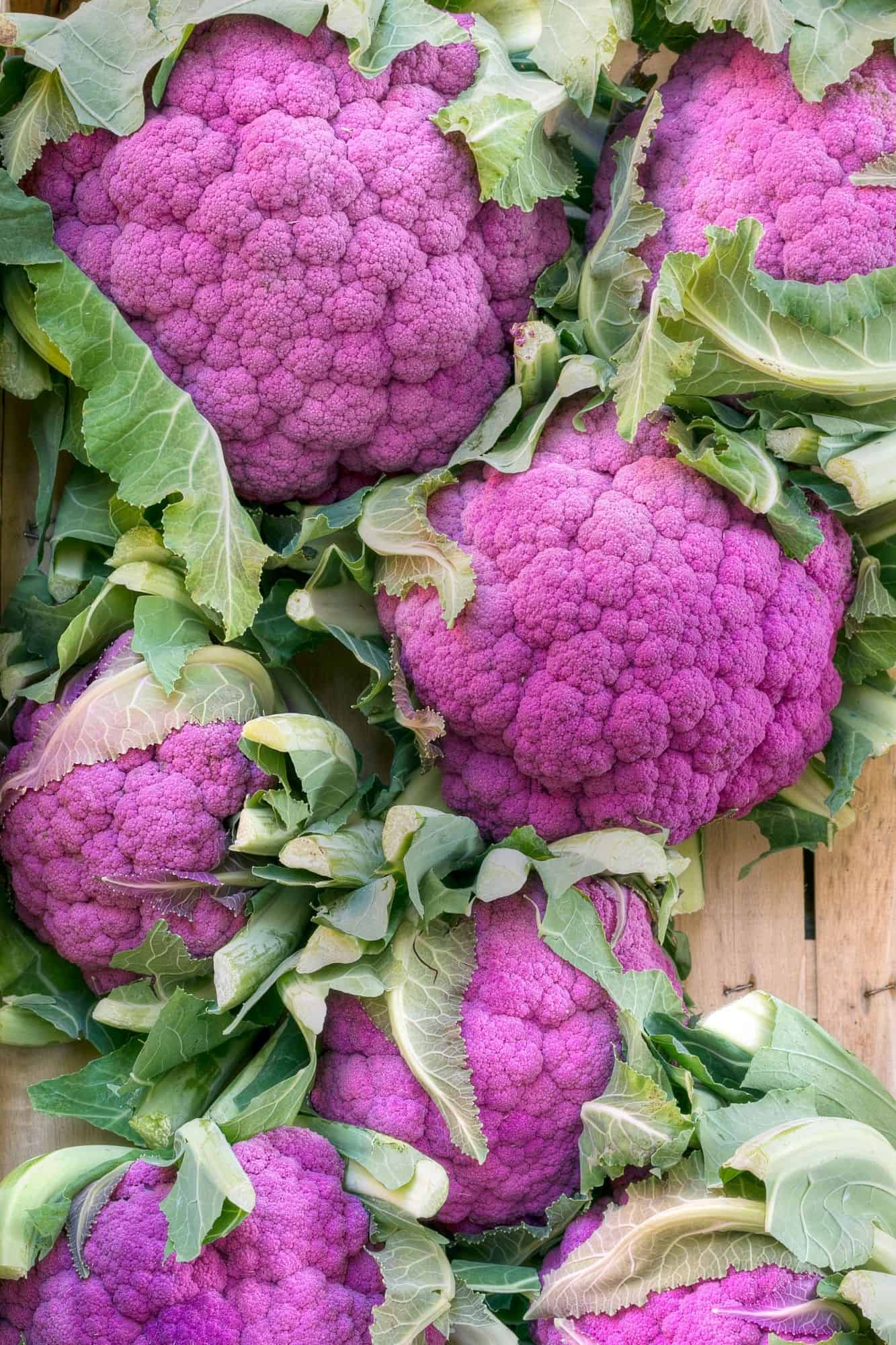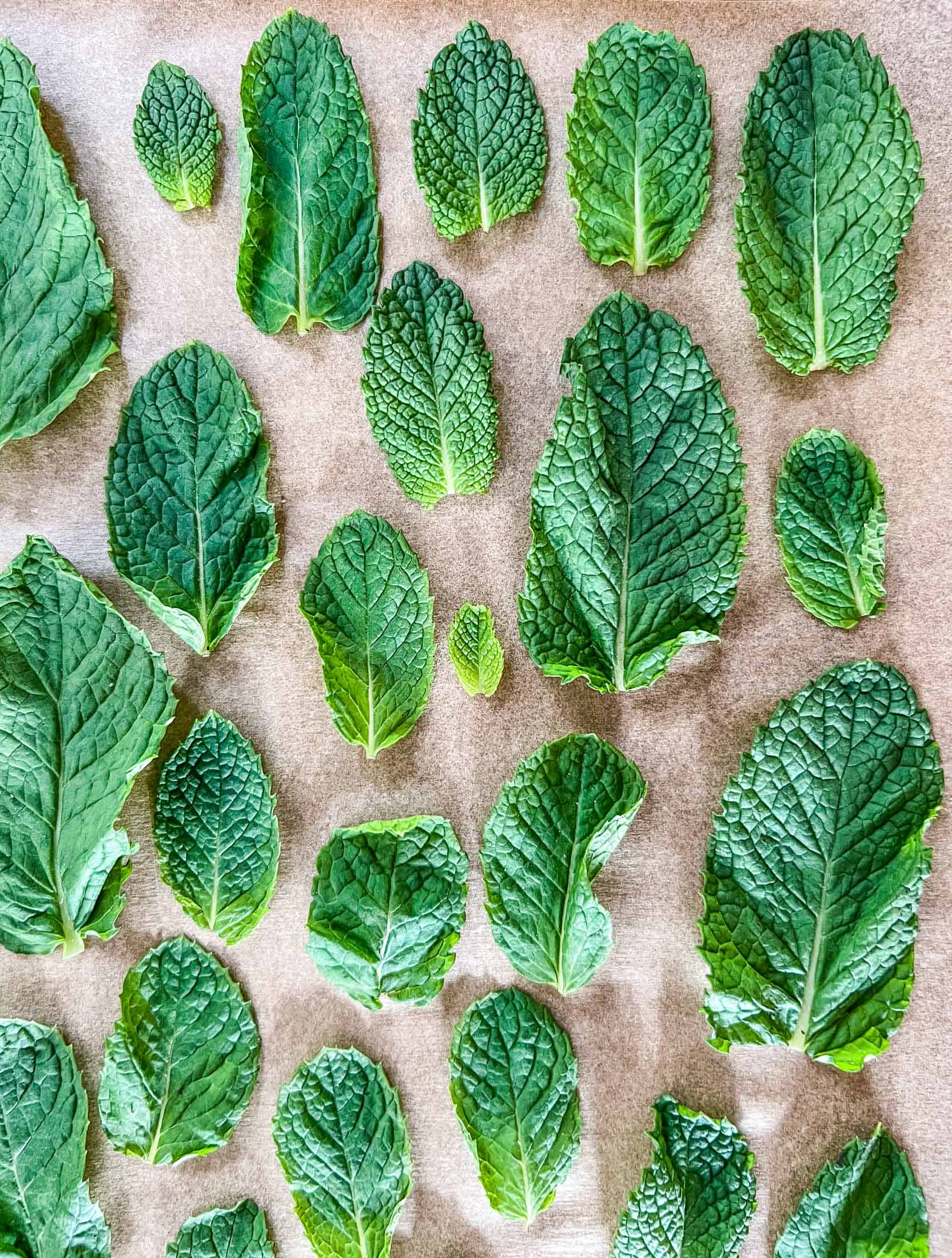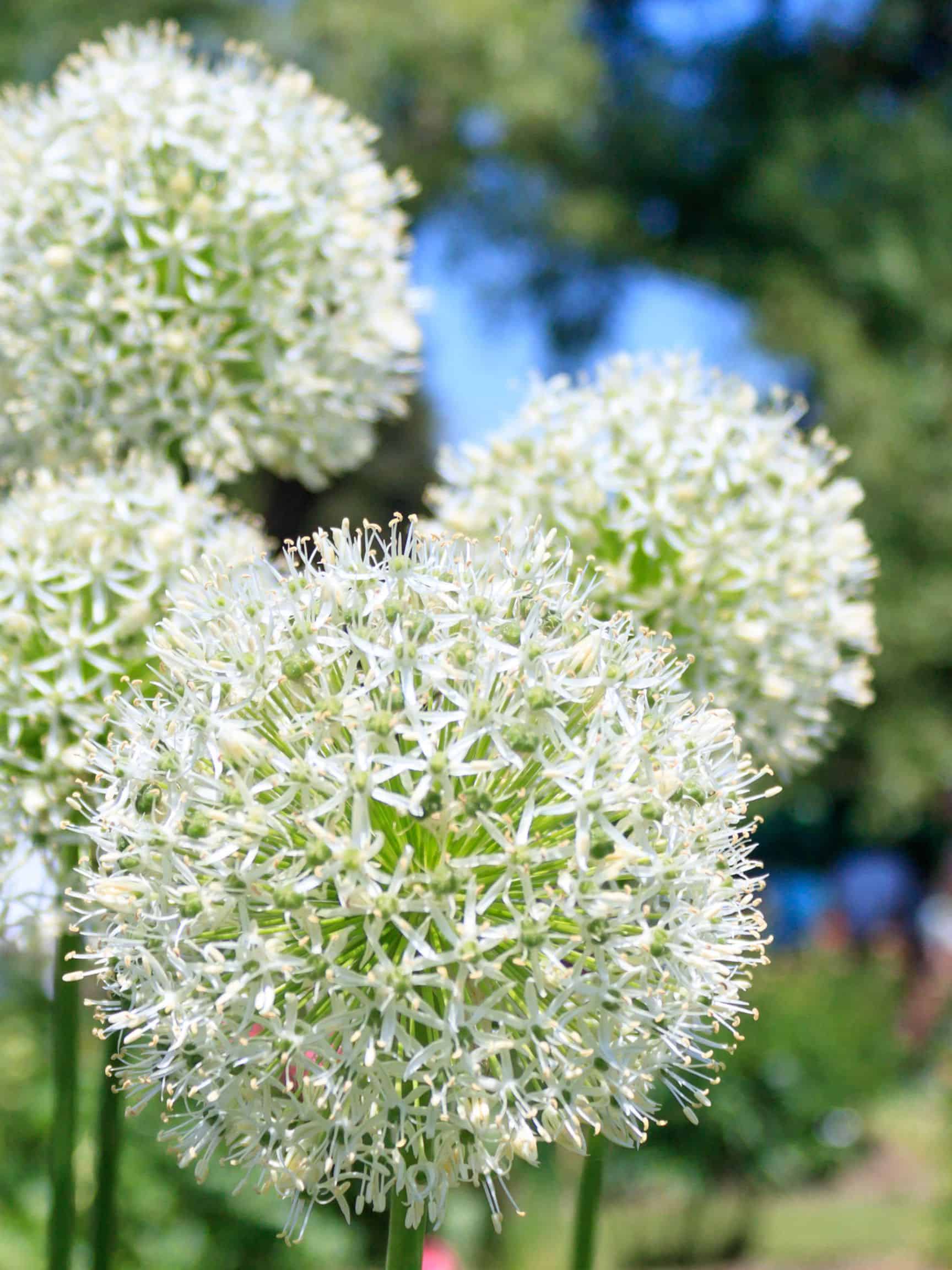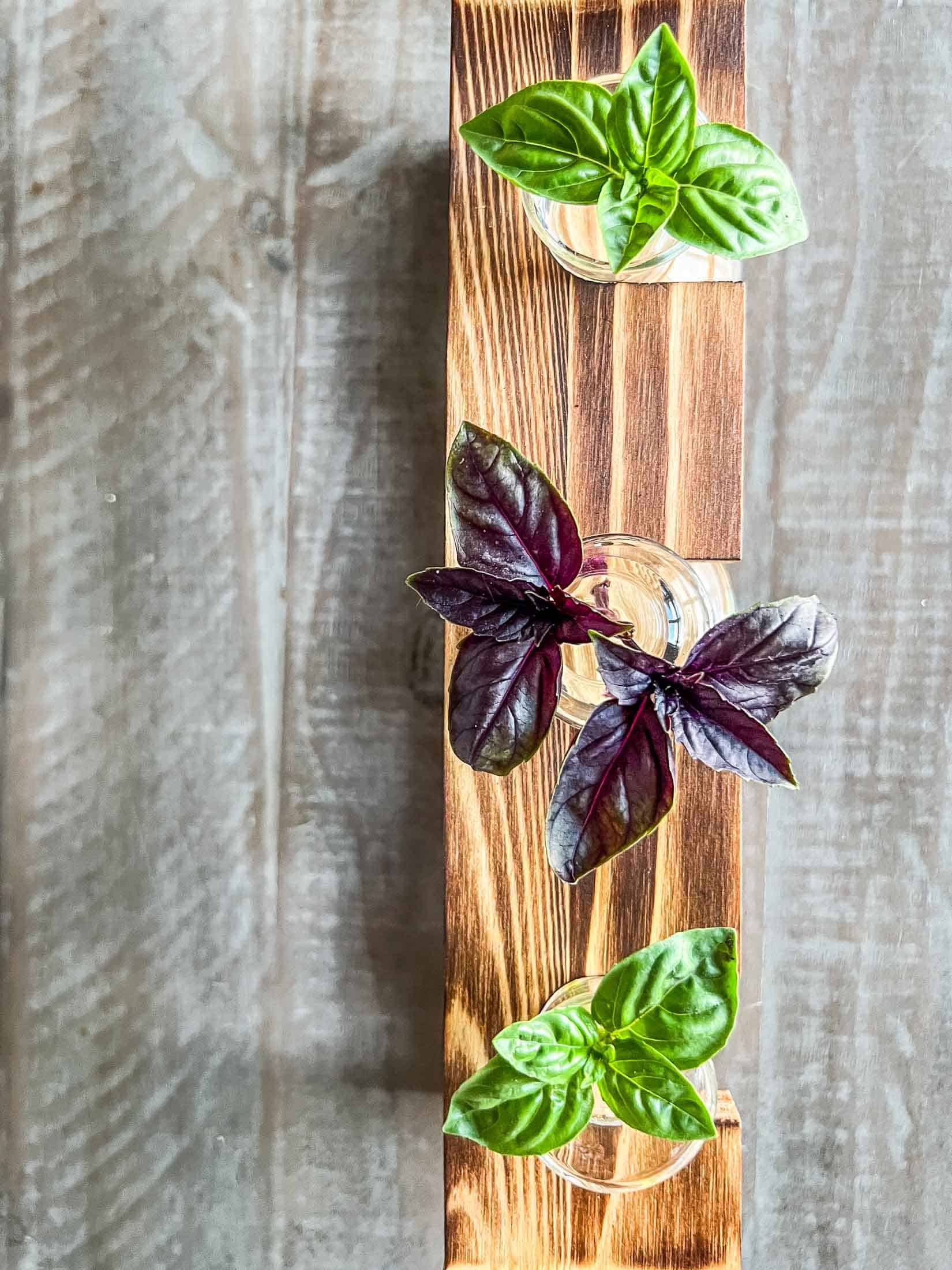Cucumber Companion Planting Guide – What and What NOT to Plant
Read on to find out exactly what cucumber companion plants will work best for you in your vegetable garden or flower bed! This cucumber companion planting guide will encourage this plentiful vegetable’s growth and will help to deter unwanted pests. Find out what plants make great companions and what plants make bad companions for cucumbers(cucumis sativus).
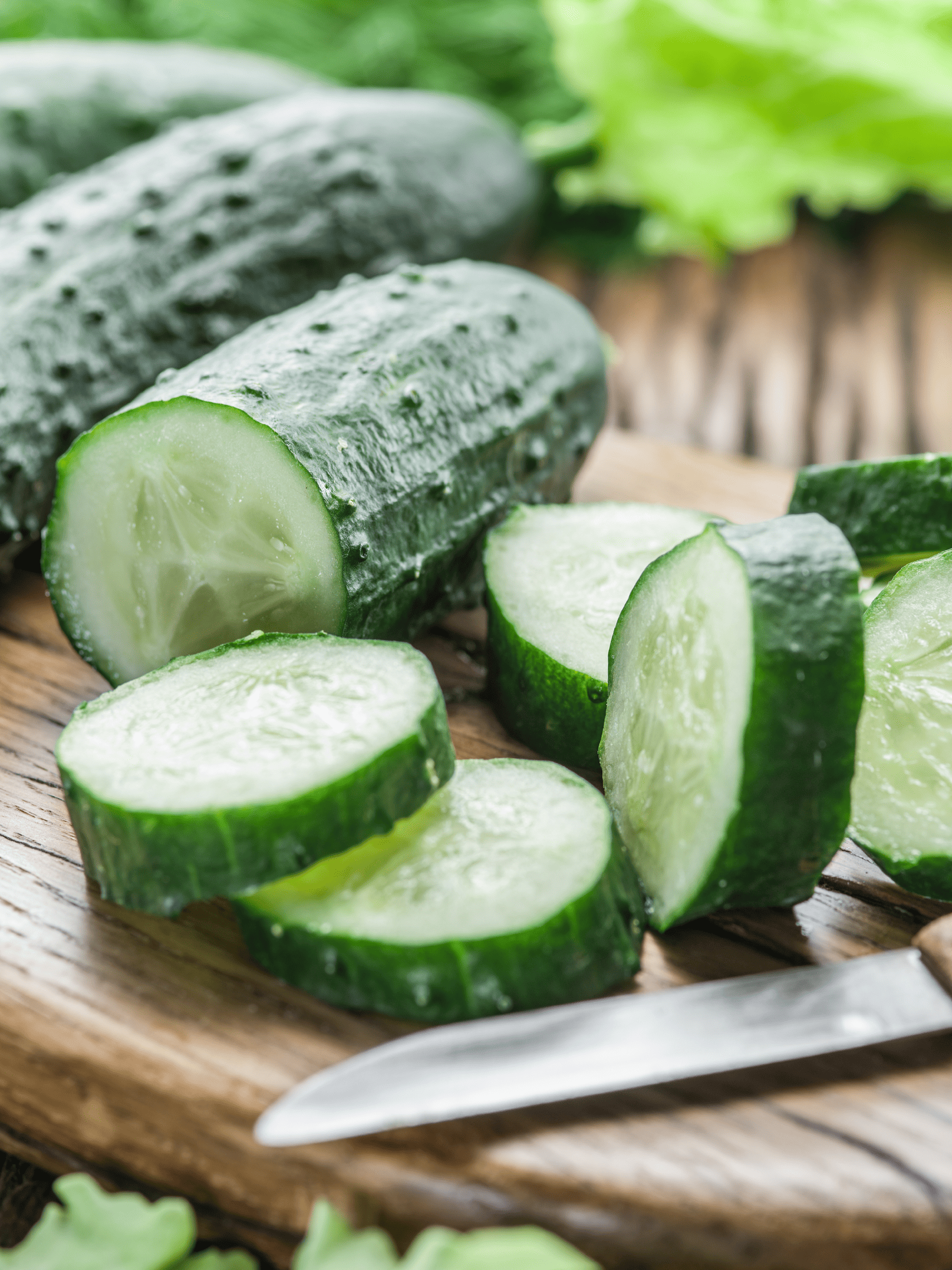
Cucumbers are my one of my favorite things to grow in my garden. Ready in 50-70 days, these plants are great for beginners and gardening veterans alike. They are versatile when used fresh and make the best preserves. My kids eat fresh garden cucumbers like apples and in the winter they devastate my pickle stock! If you love tangy dill pickles, you should check out this Quick + Crunchy Old Fashioned Fermented Dill Pickle recipe.
Cucumbers are grown best in USDA zones 3-12… although on either end of the spectrum, precautions may need to be taken to protect the plants from both sub zero temperatures and scorching heat. They grow well in soil with a PH of 6-6.8 and should be spaced at least 12 inches apart per plant. They create an abundant ground cover and love to sprawl into free space. If not careful, cucumber plants can prevent other crops from thriving by blocking their sun.
An action that you can take to make your cucumber plants thrive with their neighbouring plants is to make sure that you are companion planting cucumbers– using plants that will encourage each other’s growth and help to deter pests.
What Is Companion Planting?
Companion planting is a simple way to get the most out of your vegetable or flower garden- more specifically your cucumbers! Whether growing your cucumbers vertically on a trellis system or allowing them to sprawl in your garden bed, it is important to keep companion planting in mind. Companion planting is a tried and true method combining science and traditional lessons handed down over multiple generations to maximize the health and efficiency of your plants. Gardening with companion planting in mind can help you to encourage nutrient uptake, encourage pollination, deter pests, attract beneficial insects and pollinators and provide shelter or a space to climb. Companion gardening stretches beyond the confines of small-scale conventional gardening to orchards, food forests, trees and shrubs, grains, grasses, and other field crops. If you are aiming for a bumper crop of home-grown cucumbers, this guide is for you!
What Are The Benefits Of Companion Planting With Cucumbers?
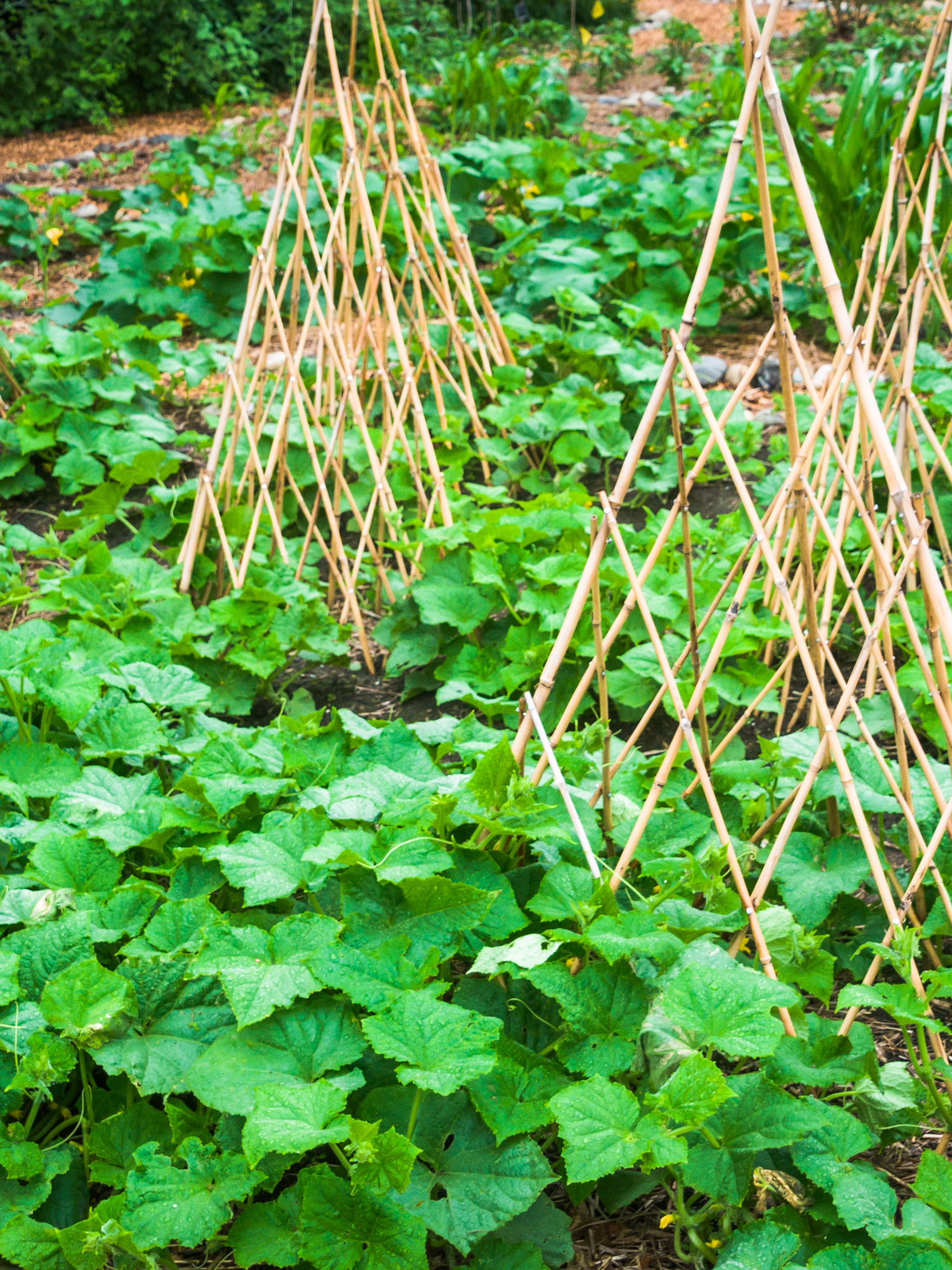
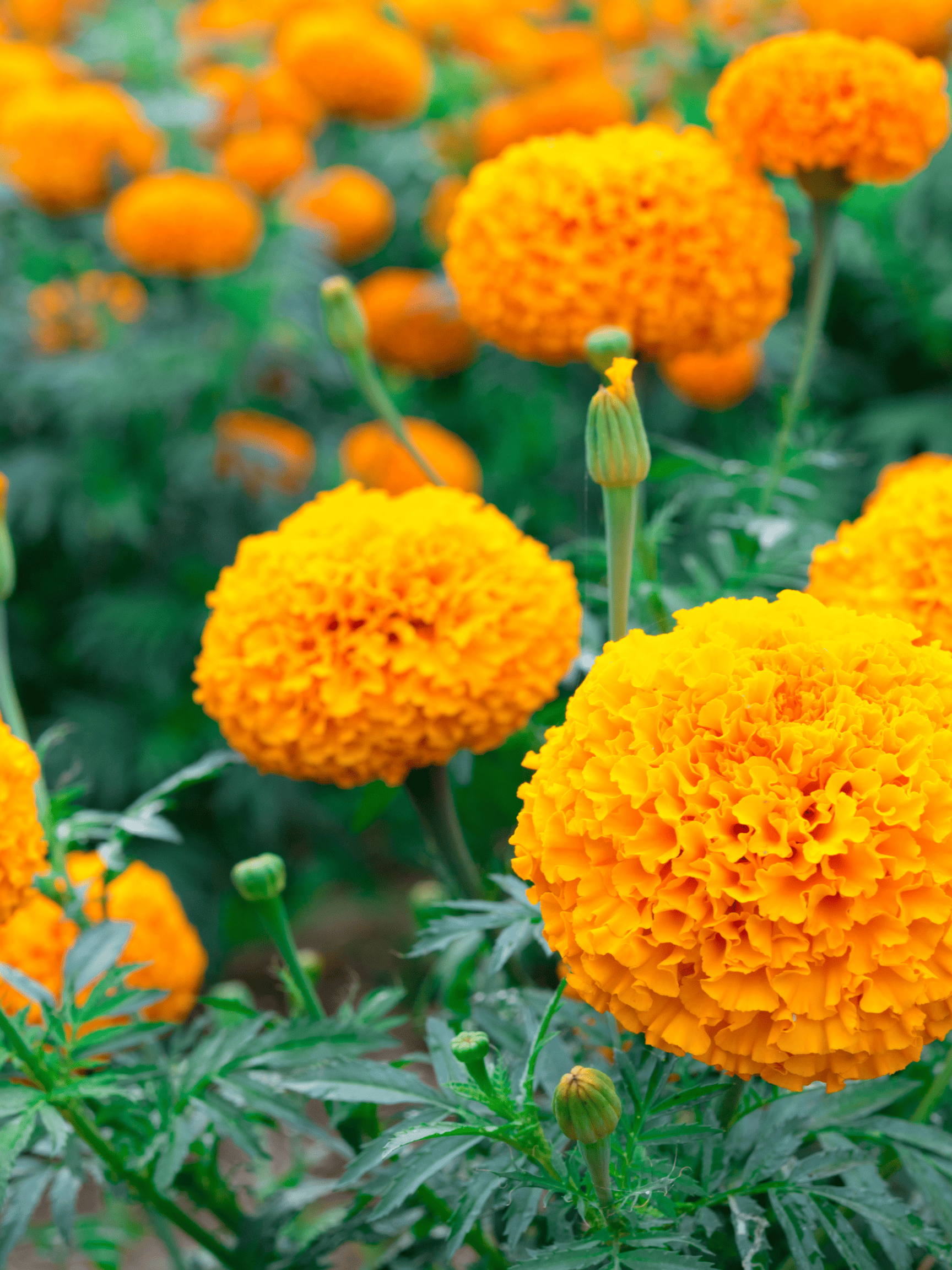
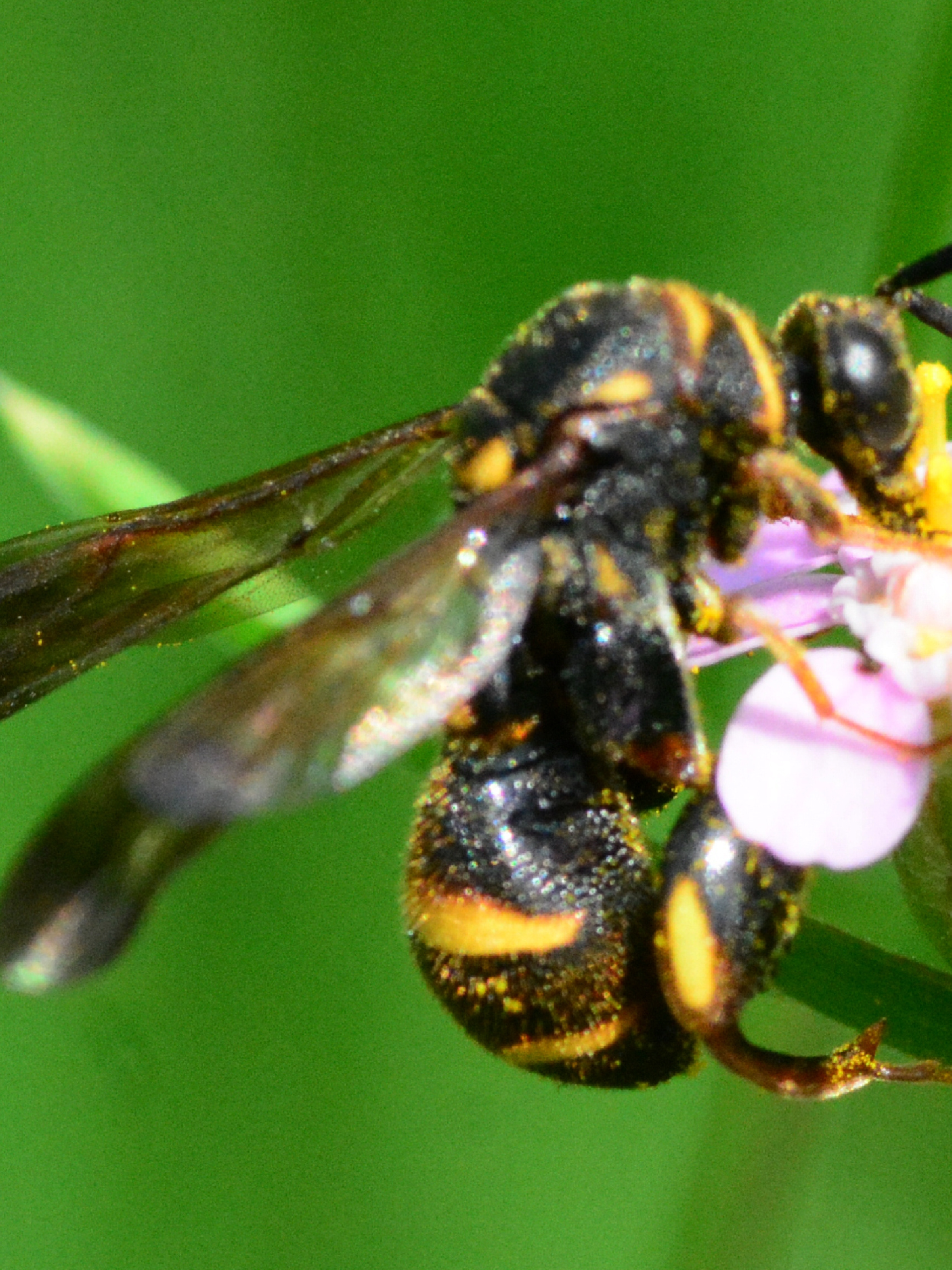
Weed Prevention: Certain crops provide fast growing ground cover that help to suppress surrounding weeds. Try to alternate upright crops with sprawling plants to keep weeds at bay in your garden. Cucumbers are especially good at providing ground cover for neighbouring plants. Consider planting cover crops around new cucumber sprouts to help provide protection in the early stages of growth.
Nutrient Provision: An appeal of using a polyculture type of approach and planting different plants next to each other is that the plants wont be competing for the exact same nutrients. Certain plants add needed nutrients into the soil and help neighbouring plants to thrive. Legumes are considered “givers” and include plants like peas, beans, clover and alfalfa. They have deep roots that fix nitrogen into the soil. Planting these next to heavy or light feeders that use up nitrogen will create the perfect growing conditions for your crops to thrive.
Trap Cropping: Placing certain bug-appealing plants near other susceptible plants can help to attract pests away from fragile crops and allow them to feed on others that won’t be harmed or aren’t as important. Planting the trap crop ahead of your target crop will ensure the pests stay away from delicate seedlings. Once the trap crop is infested, you can remove it along with the pests.
Beneficial Insect Attraction: Certain plants can help to encourage bees, ladybugs, and other beneficial insects to frequent the area. Bright and attractive plants such as Borage attract pollinators and other beneficial predatory insects to neighbouring crops.
Pest Suppression: Mixed scents from different plants can help to repel insects (mostly small, egg laying flies) from laying on neighbouring plants. Certain herbs and flowers can prevent pesky worms, nematodes, repel cucumber beetles, and other fungi. The oil from Marigolds has been proven to be a form of pest control for many different pests.
Protective Shelter: Fragile plants or plants with very specific needs can be benefitted from the shelter that surrounding plants may provide. Companion plants can provide shade, a wind barrier, and a canopy to protect lower plants from rain, hail, and even frost.
Natural Supports: Strong, tall plants such as sunflowers and corn offer trailing plants or low growing plants like peas and cucumbers a strong trellis-like support to climb and spread.
Cucumber Companion Plants
Corn: Corn acts as a form of support for cucumbers, making a natural trellis system. In return, cucumbers act as a natural “mulch” for the corn, retaining moisture, steadying soil temperature, and choking out weeds. It is important to note that large cucumbers or squash could have a negative effect on the corn stocks, pulling them down and potentially damaging the plant. Use corn as a natural trellis smaller cucumber varieties including pickling, gherkin, or lemon varieties. Aim to allow your corn to get to 50% of its full height with at least a 1 inch wide stalk before relying on it to trellis your cucumbers.
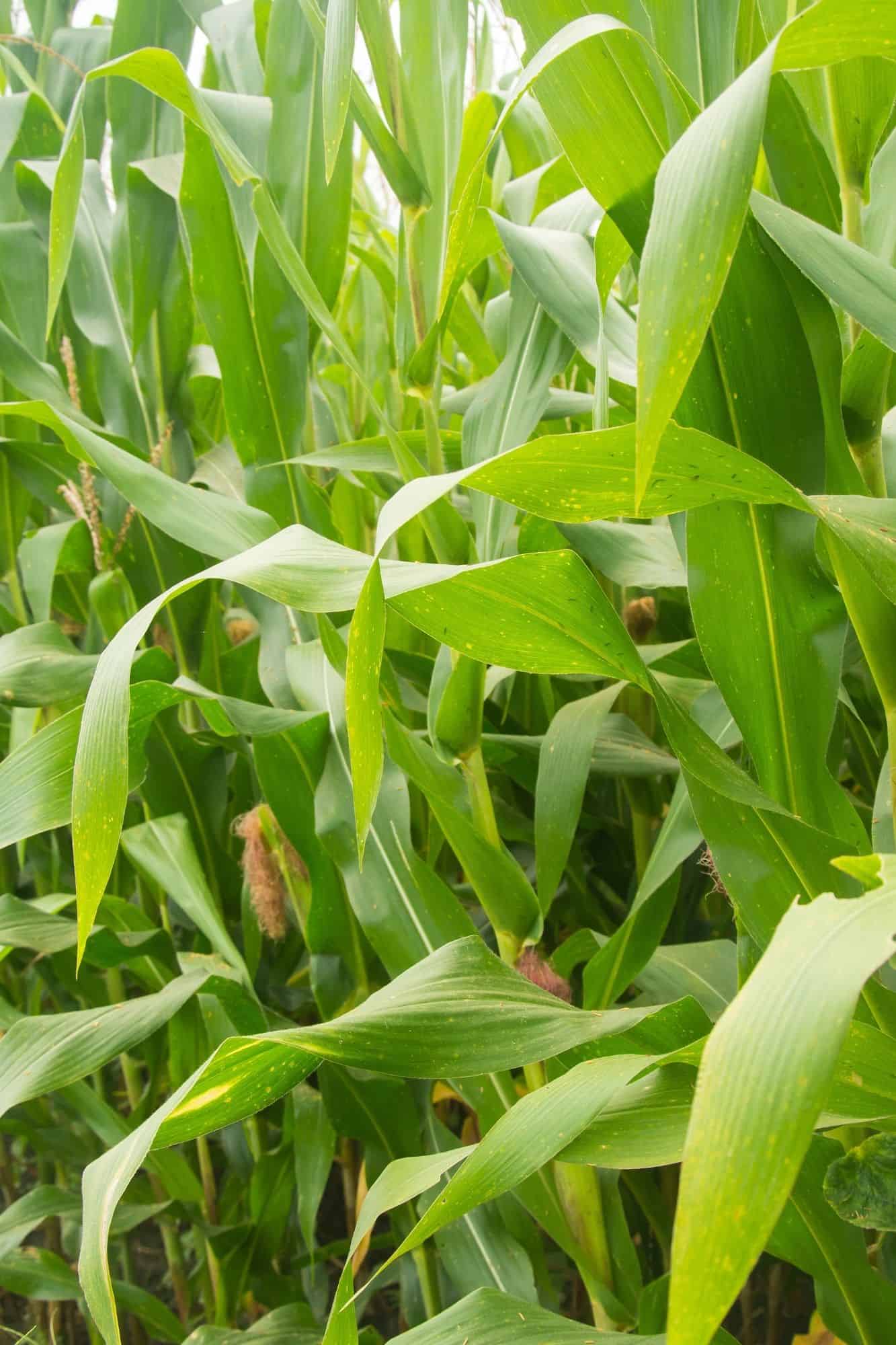
Dill: Dill, along with other aromatic herbs attracts pollinators and parasitic wasps, and as an added bonus allows for convenient pickle prep! When planted alongside cucumbers, dill is said to improve the flavor of the fruit.
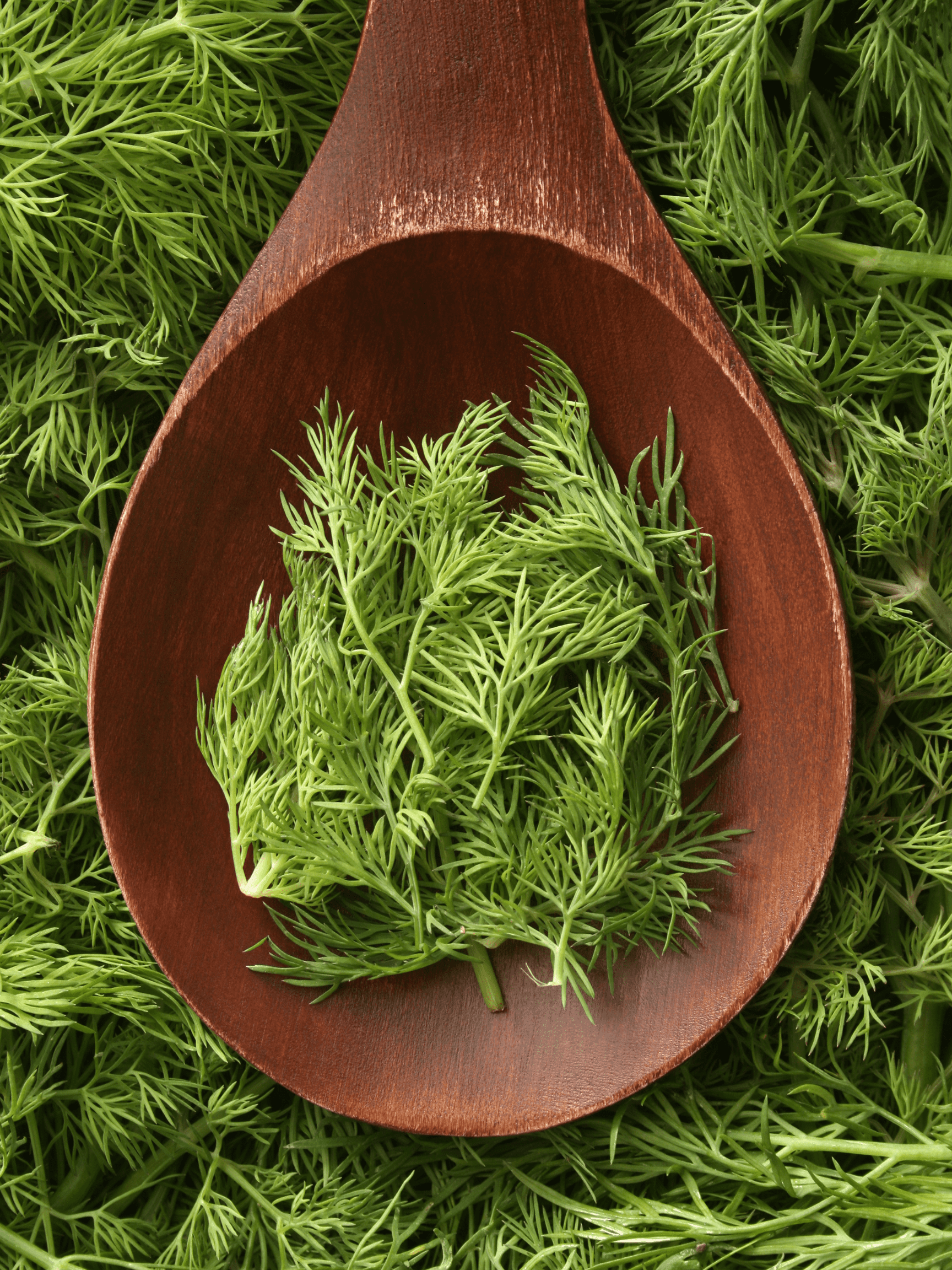
Legumes (peas, beans): Legumes add much needed nitrogen into the soil. Plant you cucumbers close to legumes to give them the boost that they need. Pole beans and other climbing legumes can share a trellis with your cucumber crop.
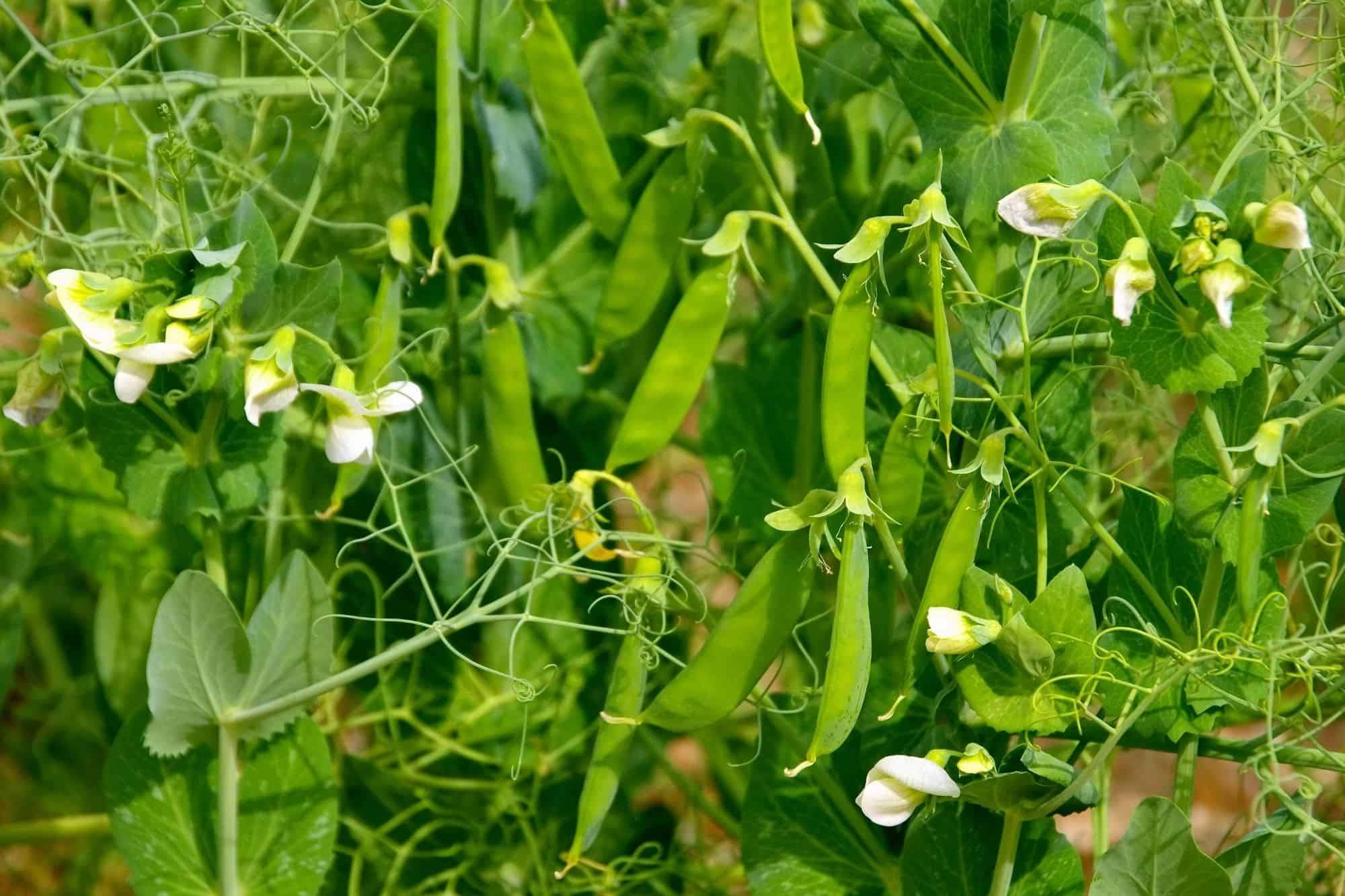
Root Vegetables (beets, carrots, radishes, parsnips, turnips): Cucumbers send out a taproot down with thin and shallow secondary roots that don’t extend far from the base making them great companions for many root vegetables.
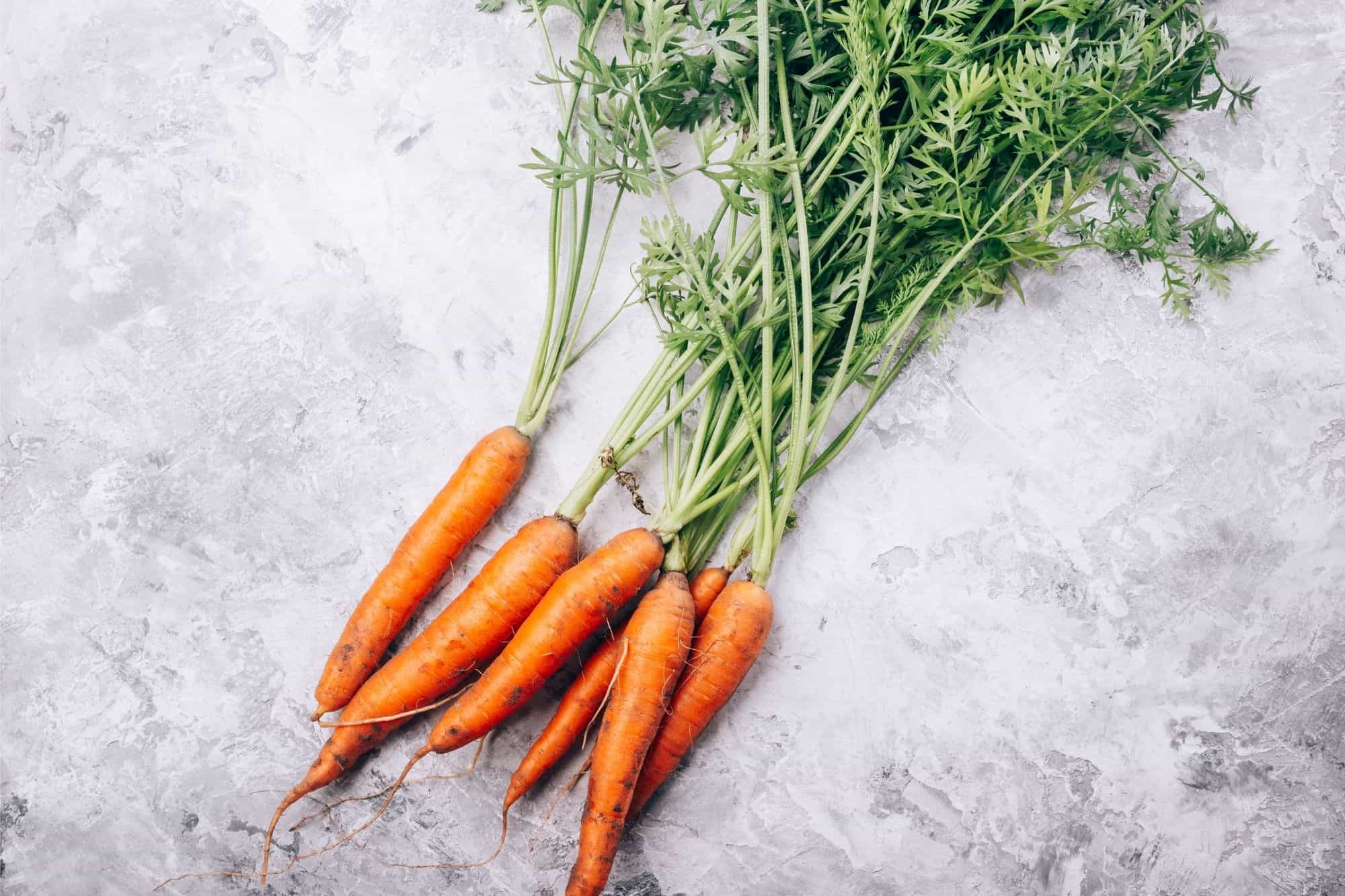
Nasturtiums: Nasturtiums are a sprawling plant much like cucumbers with beautiful trailing flowers. They make good cucumber companions because of their ability to repel aphids, thrips, and other insects that may harm cucumber plants.
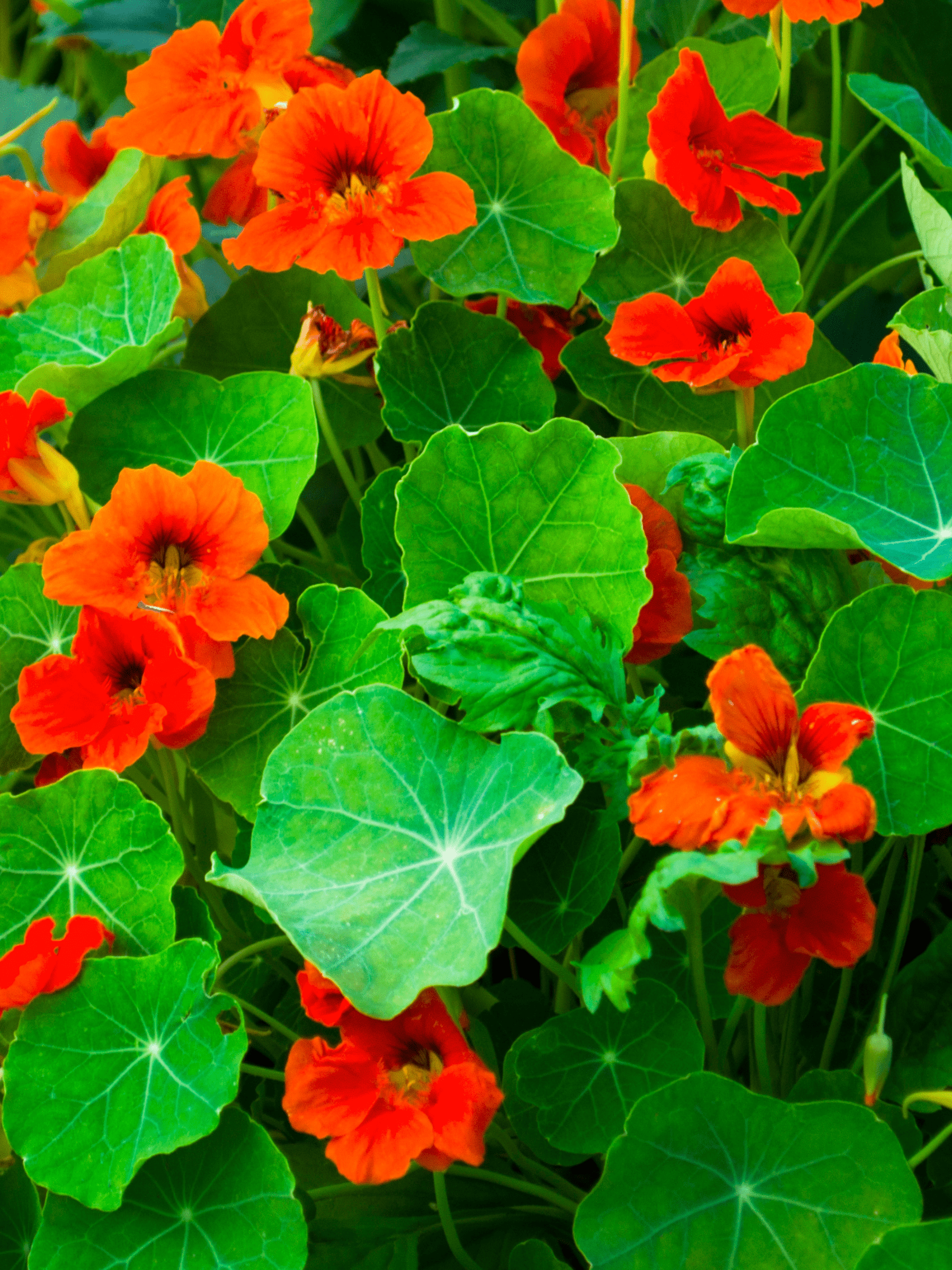
Marigolds: Marigolds are famously smelly. They make a beautiful garden border and help to repel cucumber beetles and other unwanted pests from munching on your cucumber plants including deer and other insects. These aromatic plants are a great weapon for anyone who is organic gardening, solving a problem naturally.

Sunflowers: The thick stock of sunflower plants make them great companions for cucumbers. They are much like corn in their ability to act as a trellis system for your crop, allowing the cucumber vines to climb them.

Leafy Greens (lettuce, spinach): Leafy greens and spinach thrive in the cool shade of cucumber plants.
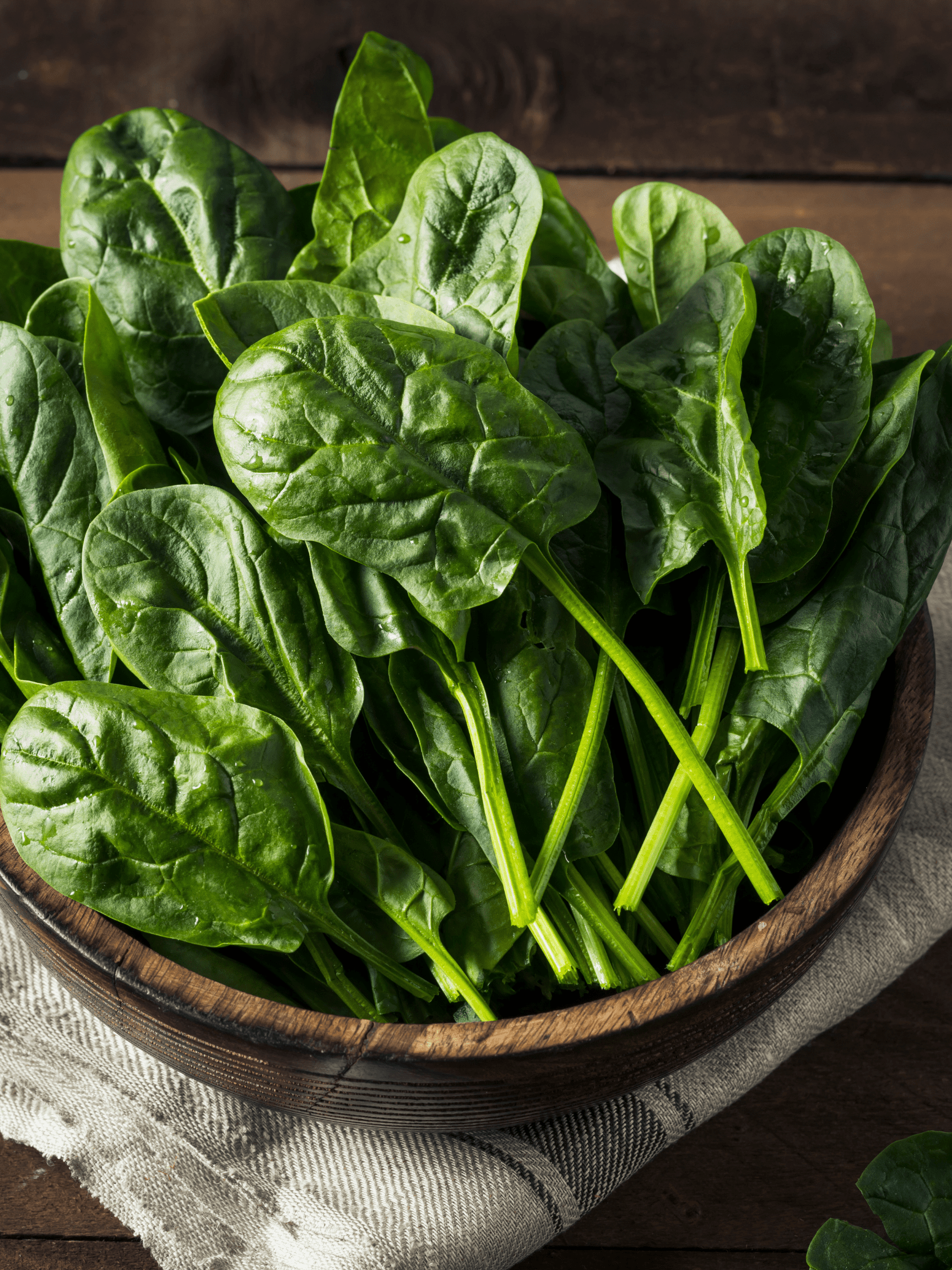
What NOT To Grow With Cucumbers (Bad Companions)
Melons and other Squash: Melons tend to attract other insect pests that may choose to feed on your cucumber plants… placing your crops too close together is like serving the parasitic insects a buffet.
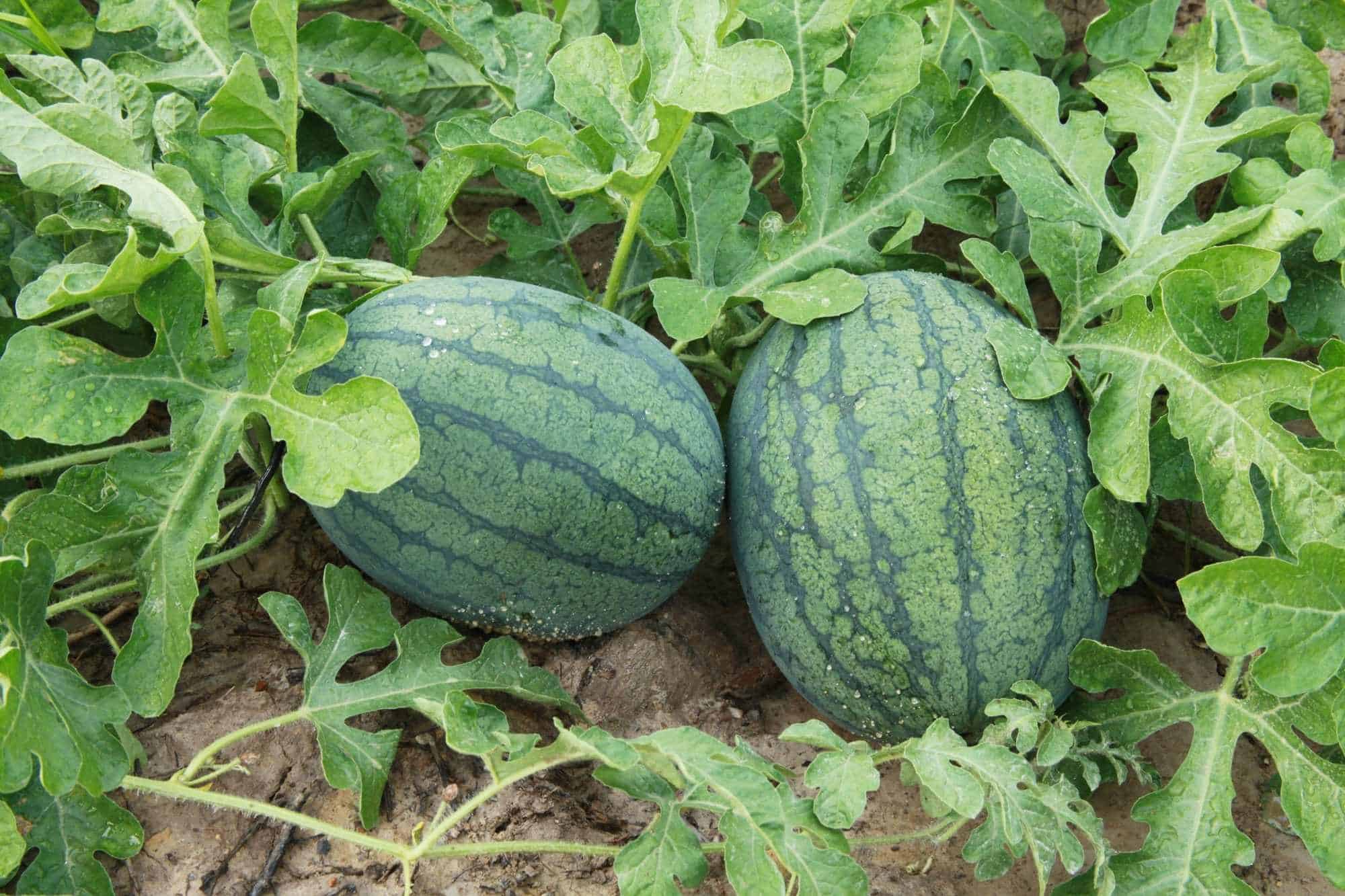
Potatoes: These tubers compete with cucumbers for nutrients and water and can negatively affect your cucumber plant’s growth.
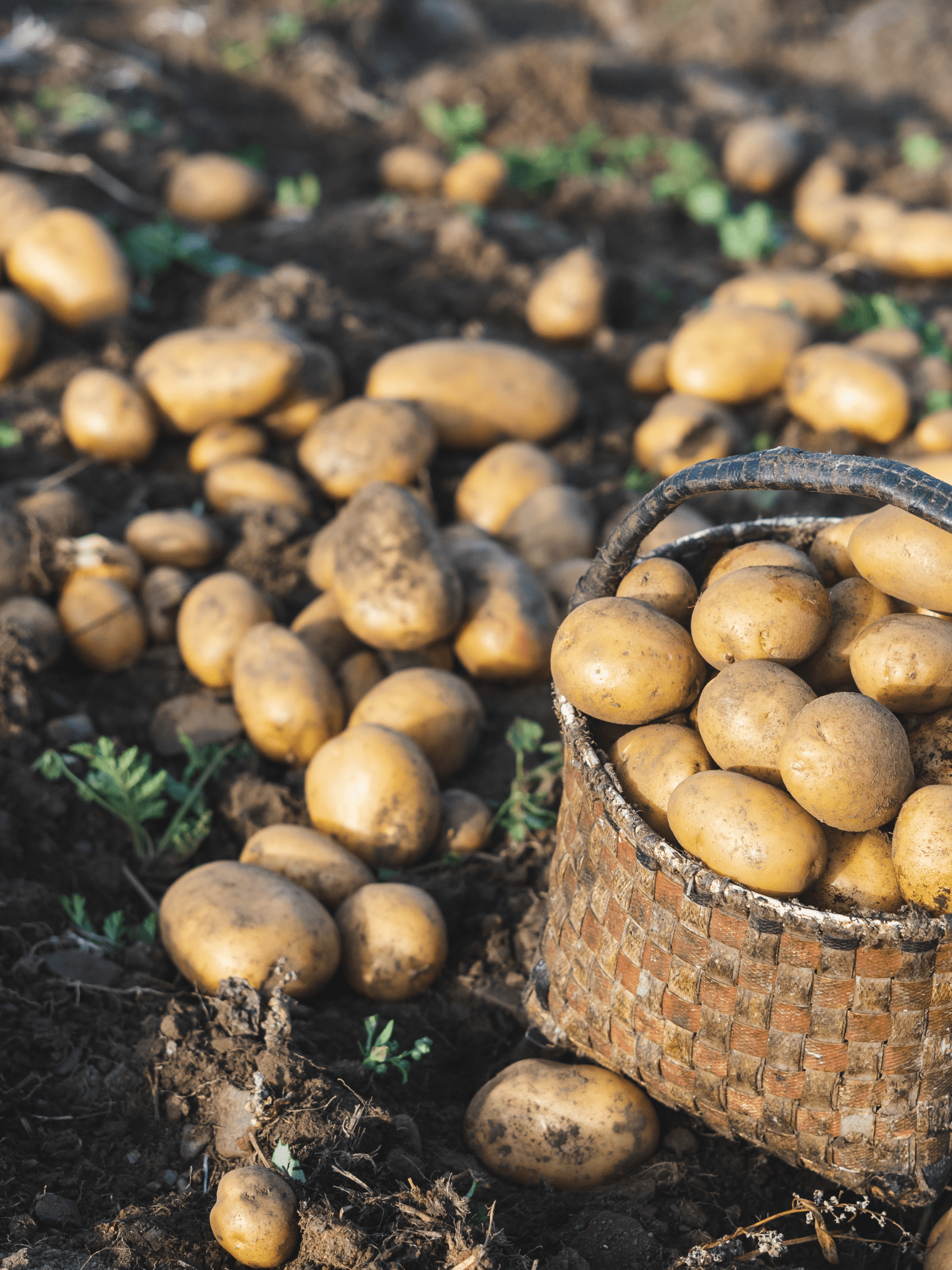
Mint & Sage: These herbs can give your cucumbers an odd taste. Sage has been reported to stunt cucumber growth whereas mint is aggressive and can takeover your cucumber patch- forcing them to compete for space and nutrients.


Brassicas (With Judgement): Brassicas may help your cucumber plants in the short run but are heavy water feeders and can potentially suck much of the needed moisture away from your cucumber crop… inhibiting plant growth.
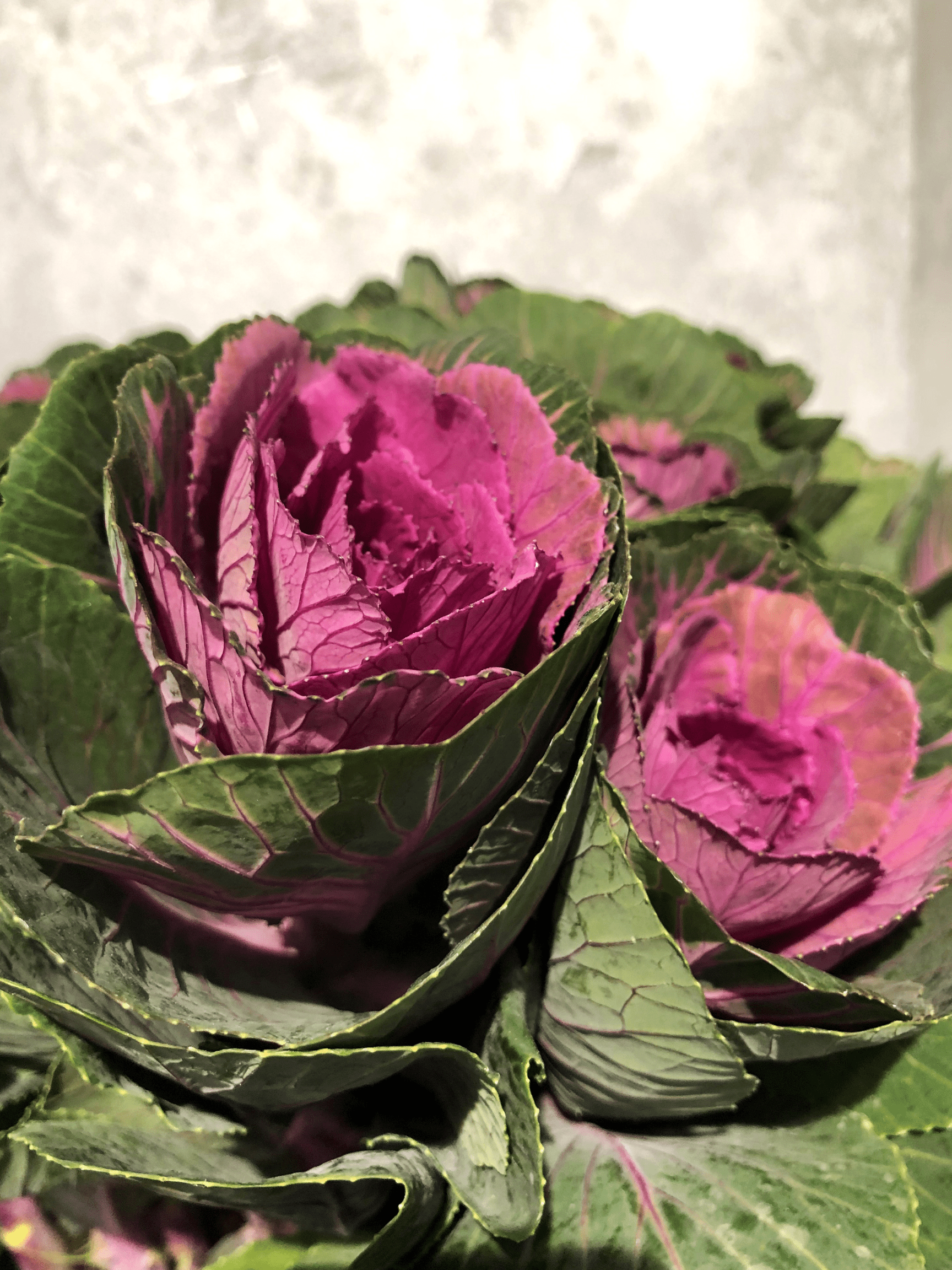
Fennel: Fennel is not friendly in many garden applications! Although it works well to attract pollinators, fennel can stunt the growth of cucumbers or killing them completely.
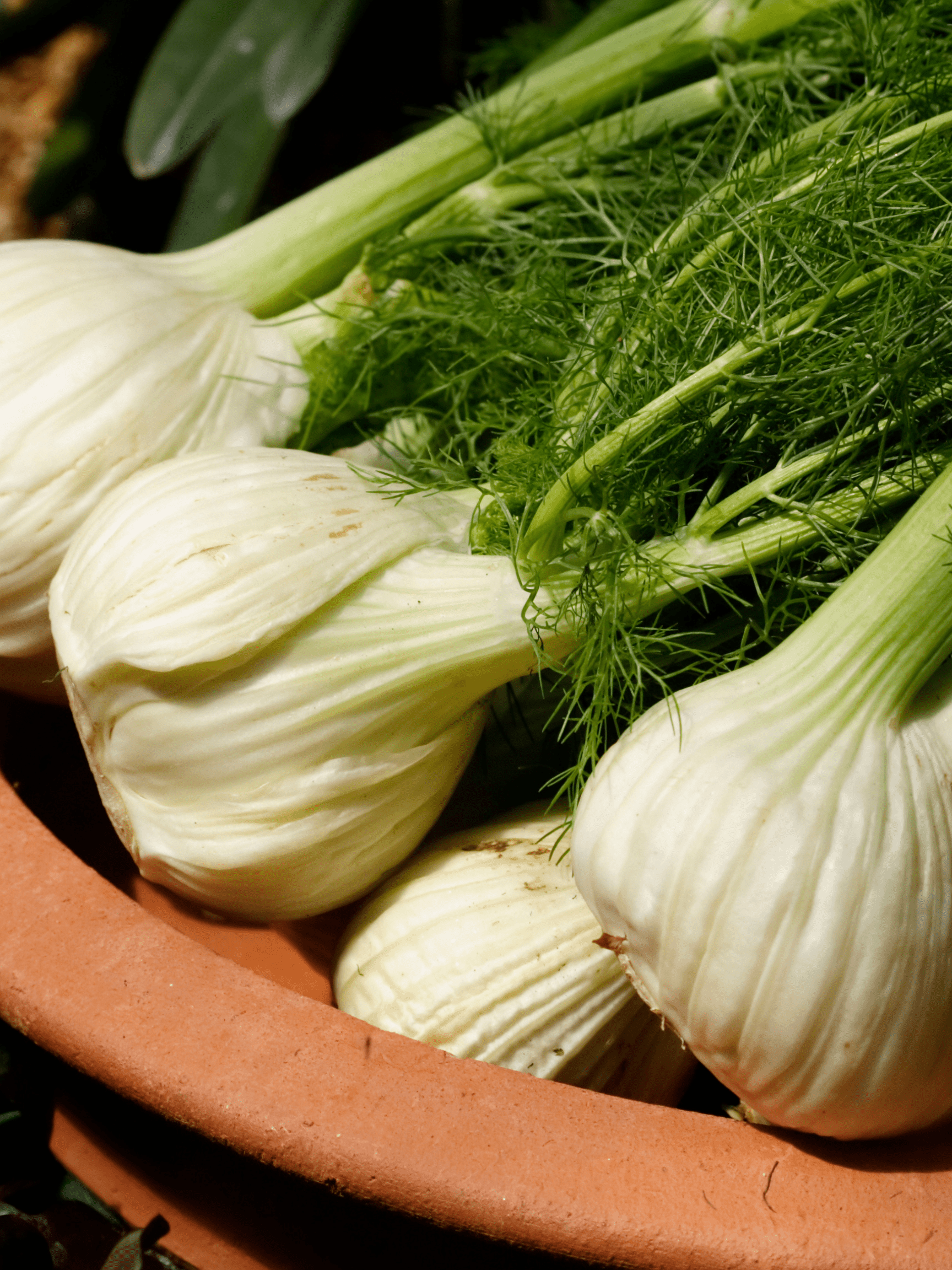
Frequently Asked Questions About Planting Cucumbers
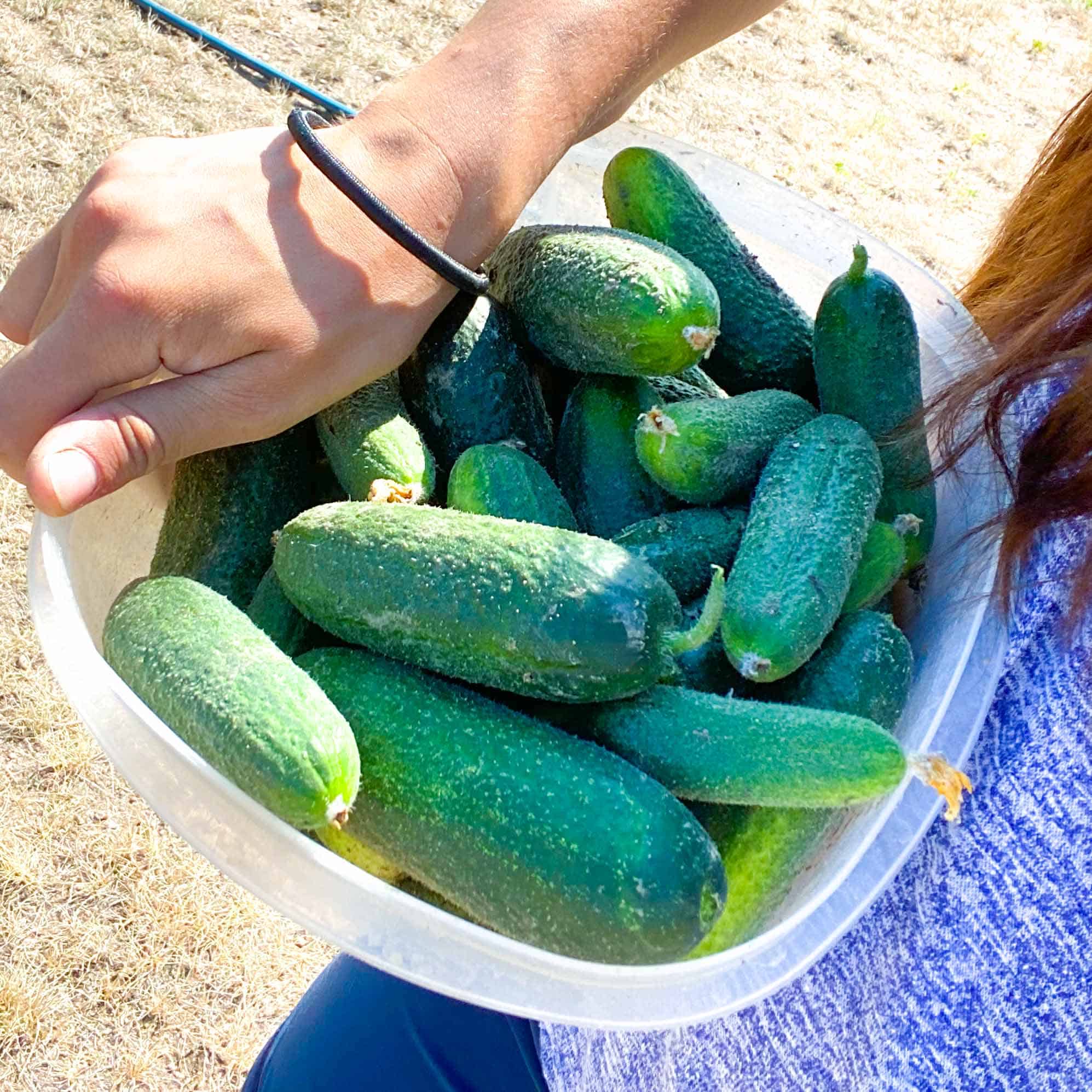
Cucumbers and tomato plants can be grown together because they share similar growing habits. It is important that they are planted 18-24 inches apart with room to vine independently.
Peppers and cucumbers enjoy similar growing conditions and so they grow well together. Ensure that they are spaced far enough away that they aren’t competing for space or sunlight.
Cucumber Recipes Ready For Harvest Time
Quick + Crunchy Old Fashioned Fermented Dill Pickles (With Video)-Crispy, crunchy, and tangy with the perfect amount of “fizz,” these cucumbers are lacto fermented with garlic, dill, and carrots to create the ultimate pickle recipe.
Dill Pickle Soup with Shredded Chicken- Zupa Ogórkowa– Dill Pickle Soup is the one soup that my family asks for again and again. A pickle lover’s dream, this creamy soup is thick,tangy and bursting with brined pickles, fresh dill, and chicken. Use the garden veggies that you have on hand to fill this soup with home grown goodness.
Half Sour Pickles- Half-sour pickles are crunchy, salty, and sour in all the right ways. Their flavor is so powerful that you can’t help but keep eating them until the entire jar is empty.

